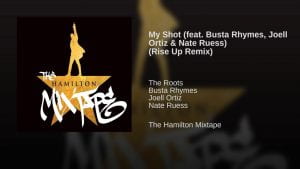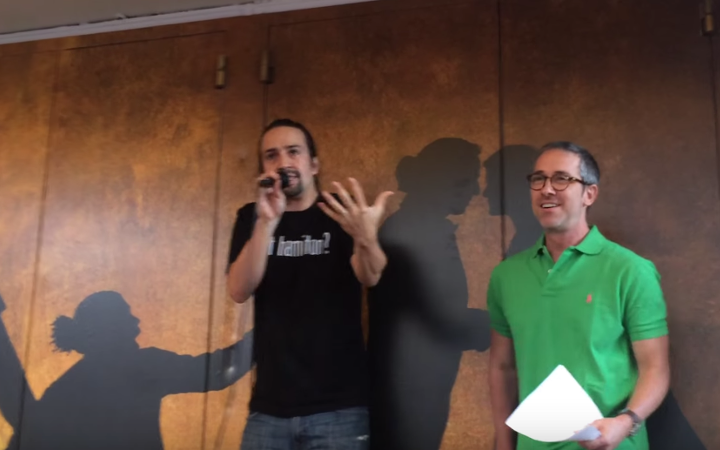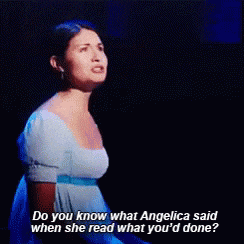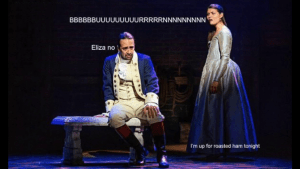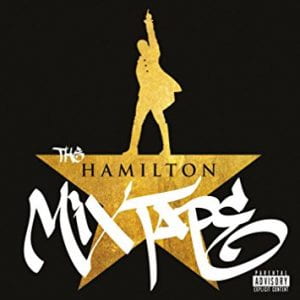
By: Max Jarck
I am most familiar with the adaptation of ‘Helpless’ found on The Hamilton Mixtape. I was introduced to this song several months before this class when it was added to a collaborative Spotify playlist I follow. At this point I had no idea what Hamilton even was. I decided to take a closer look at this adaption.
Ashanti and Ja Rule’s version of ‘Helpless’ is a pretty faithful cover of the original. There is little variation to the lyrics and overall sound of the song. Ashanti is a Grammy award-winning artist who topped the charts in the early 2000s. She was featured on Ja Rules’s ‘Always on Time’ which was one of the biggest hits of 2002. The two released several songs together during this time. This remix of ‘Helpless’ is a reunion for the two artists.
Ashanti assumes the role Eliza and rarely alters the lyrics. In the first verse of the line “Everybody’s dancin’ and the bands top volume” from the original cast recording is changed to “everybody’s dancin’ and the bass top volume.” This is just a small change that I caught and I think it may signify how important bass has become in today’s music. For many, the bass line can make or break a song.
The most significant difference is the elimination of Angelica. In the original Angelica introduces Hamilton to Eliza. These spoken scenes are cut from the adaptation. These cut scenes add to the play because they give important backstory but are unnecessary in the adaptation which is meant to be a standalone piece. In addition, this makes the adaptation more radio friendly.
Ja rule has a very unique baritone voice which is a stark contrast to Lin Manuel Miranda’s. This gives Alexander Hamilton’s verses a slightly different feel and instead of moving to Harlem with Eliza Ja Rule decided to let them move to his native Queens.
This adaption of Hamilton doesn’t change medium or reinvent anything. It is a well done cover of a beautiful song that leads to a more R&B and radio friendly feel.

